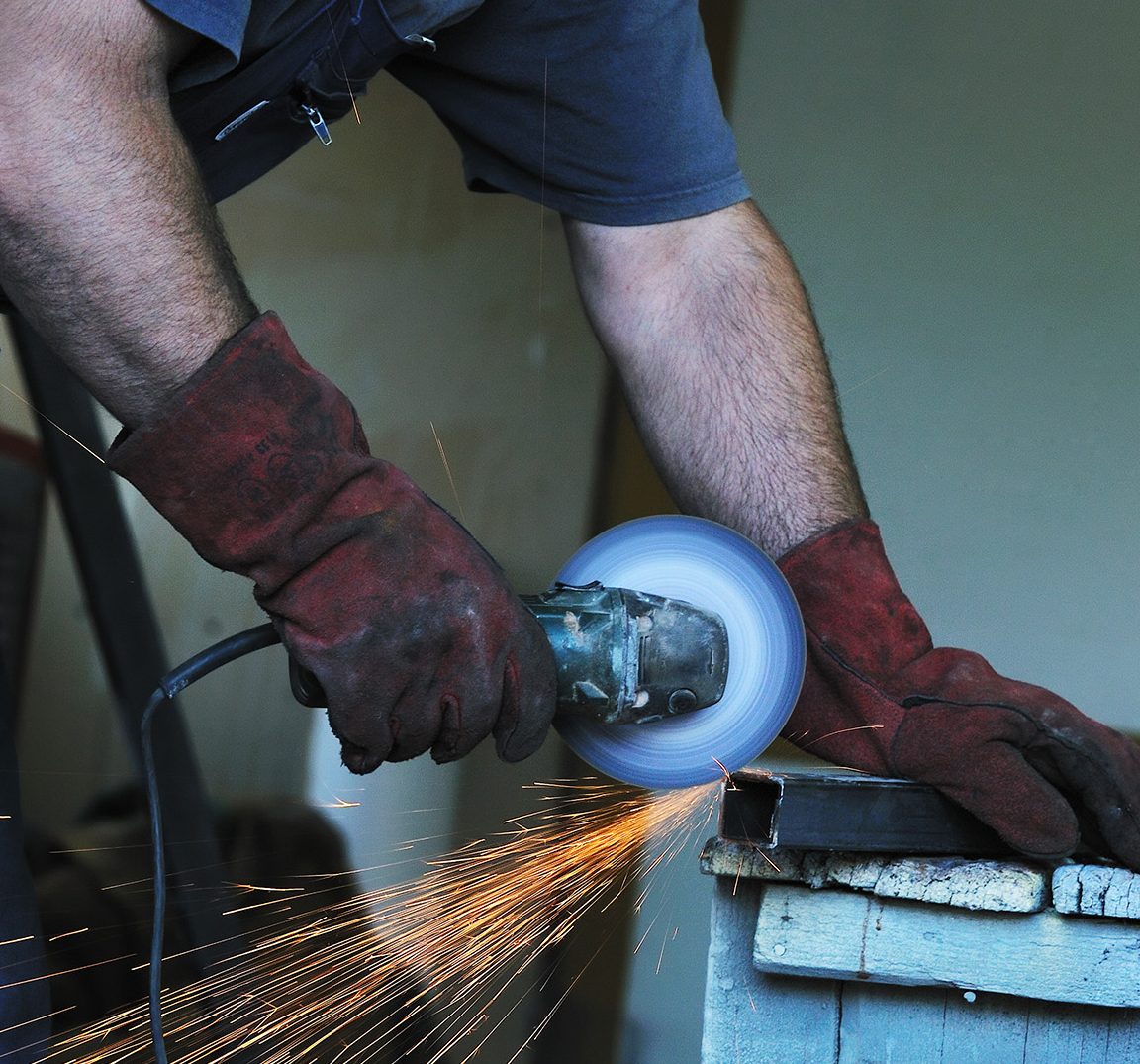[et_pb_section bb_built=”1″ admin_label=”section”][et_pb_row admin_label=”row” background_position=”top_left” background_repeat=”repeat” background_size=”initial”][et_pb_column type=”4_4″][et_pb_text admin_label=”Text” _builder_version=”3.0.49″ background_layout=”light” text_orientation=”left” border_style=”solid”]
How expensive is a hand laceration for an employee?
Five hundred dollars? Two-thousand dollars? Five-thousand dollars?
The cost for a work injury is an eye-opening indicator of how expensive medical care is. According to a National Safety Council study, the direct cost of a laceration is ten-thousand dollars. Compare that cost to investing in a pair of gloves for your workers, and you will see that the numbers are not even close. As the saying goes, an ounce of prevention is worth a pound of cure.
Hand injuries are common, unfortunately, even for employers who require gloves as part of their employees’ personal protective equipment (PPE). Employees often remove gloves that are bulky or interfere with their ability to perform their work. The gloves stay off as they move on to the next task, and injuries occur. Some employees choose not to wear gloves even when they are required, regardless of company policy and requirements. They continue to get away with doing this because their supervisors and managers do not enforce the company’s PPE requirements. The employees are not disciplined because supervisors wrongly believe that the employees will be responsible if they choose not to wear the required PPE and are injured.
OSHA clearly says that employers are responsible for evaluating the hazards of the work, determining the required PPE, providing PPE to employees, training them to use it correctly, and ensuring they wear it when required. We need to make sure that our supervisors and foremen understand this responsibility, and that they consistently enforce PPE requirements with their workers. Employees, supervisors, and management all need to think in terms of worst case scenarios, because the worst can often happen when we least expect it, and are the least prepared for it.
Below are some common scenarios where employees do not wear their gloves when they should.
- An employee cleans up tools, material, and debris. He reaches down to pick up a board, but does not see the rusty nail sticking out the underside. He grabs the board firmly, lifts it, and slides his hands down the board to get a better hold on it to carry it to the dumpster. As he moves his hands, he feels a tearing sensation along his palm as the rusty nail tears open his skin. Not only does he have a large cut on his hand, but he also is at risk for infection, even tetanus.
- Employees are unloading metal sheets. The employee standing outside the truck loses his grip on the sheet because his hands are sweaty, and the sheet slides through his hands. The sharp corner of the sheet slices through skin and muscle, cutting deep into the employee’s fingers.
- A welder notices a spot that he missed as he is walking away from his work. Since it is a small weld, he does not take the time to put on all of his gear, only grabbing the torch and his hood that he holds in front of his face. The weld spatters on the back of his unprotected hand. His skin blisters from the second-degree burns.
- An employee works with concrete without gloves. By the end of his shift, his hands are swollen and blistered from cement burns. He is taken to the doctor and diagnosed with allergic contact dermatitis, causing severe reactions to any contact with hexavalent chromium.
In each of these scenarios, employees are in situations with very real risks for lacerations, punctures, burns, and other injuries. A job hazard analysis would easily identify the potential for injury in each of these scenarios, and identify the proper gloves for each task.
Remember that glove use must be evaluated for each task. We also must ensure that the PPE employees wear do not put them at greater risk for injury. A situation where this may hold true for gloves is when employees work with equipment with moving parts that can catch their gloves, pulling their hands, arms, and bodies into the machinery.
In both of the scenarios below, employees put themselves at risk by reaching into energized machinery, and ignored basic safety procedures. However, we can also see how using gloves in some situations can place employees at greater risk for injury, and why it is important to evaluate when gloves should and should not be worn.
- An employee reached past machine guards to wipe an object off a rotating roll with his hand. The glove that he was wearing caught on the grains on the roller, and his hand was pulled into the in-running nip points of the two rolls.
- An employee tried to remove rust from the shaft of a lathe by holding a piece of sandpaper and turning on the lathe. The rotating shaft caught his glove and pulled his hand into the lathe.
Personal protective equipment is essential to protecting employees from hazards that cannot be eliminated; as long as it is used properly. This makes sense for respirators that need proper testing and fit to ensure they do not expose employees to more significant hazards. This also holds true for PPE like gloves, despite the misconception that gloves cannot be used improperly.
[/et_pb_text][et_pb_text admin_label=”Text” background_layout=”light” text_orientation=”left” border_style=”solid” text_text_color=”#282466″ _builder_version=”3.0.49″]
Have questions regarding personal protective equipment and how to properly train your employees? Contact us to start a conversation.
[/et_pb_text][et_pb_contact_form admin_label=”Contact Form” title=”Contact Us” success_message=”Thank you for reaching out to us! One of our team members will be in contact with you shortly! Until then, check out our blogs for the latest news in safety.” email=”myates@optimum-usa.com, bbeardsley@optimum-usa.com” captcha=”off” use_redirect=”off” input_border_radius=”0″ use_border_color=”off” border_color=”#ffffff” border_style=”solid” custom_button=”on” button_text_color=”#f7f7f7″ button_bg_color=”#f89c1b” button_letter_spacing=”0″ button_use_icon=”default” button_icon_placement=”right” button_on_hover=”on” button_letter_spacing_hover=”0″ title_font_size=”20″ button_border_width=”0″ saved_tabs=”all” title_text_color=”#282466″] [et_pb_contact_field field_title=”Name” field_type=”input” field_id=”Name” required_mark=”on” fullwidth_field=”off” /][et_pb_contact_field field_title=”Email Address” field_type=”email” field_id=”Email” required_mark=”on” fullwidth_field=”off” /][et_pb_contact_field field_title=”Message” field_type=”text” field_id=”Message” required_mark=”on” fullwidth_field=”on” /] [/et_pb_contact_form][/et_pb_column][/et_pb_row][/et_pb_section]







